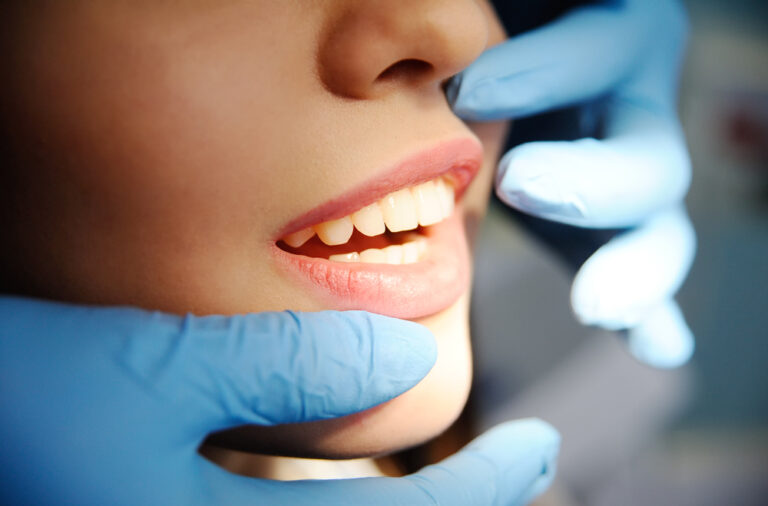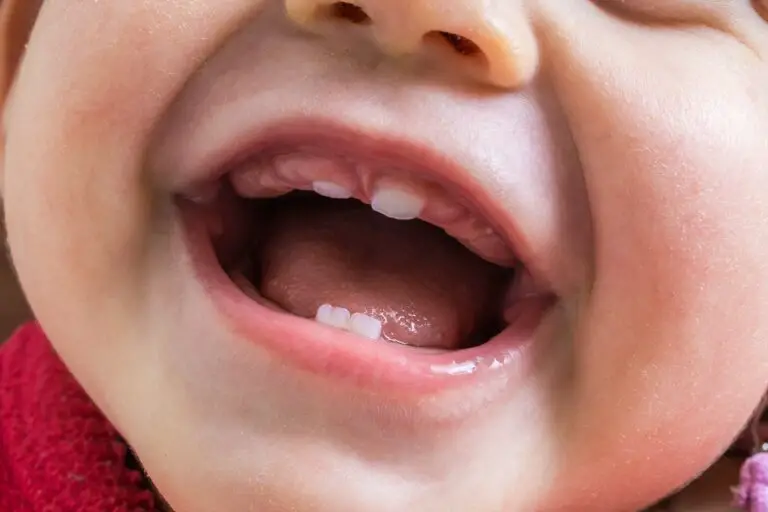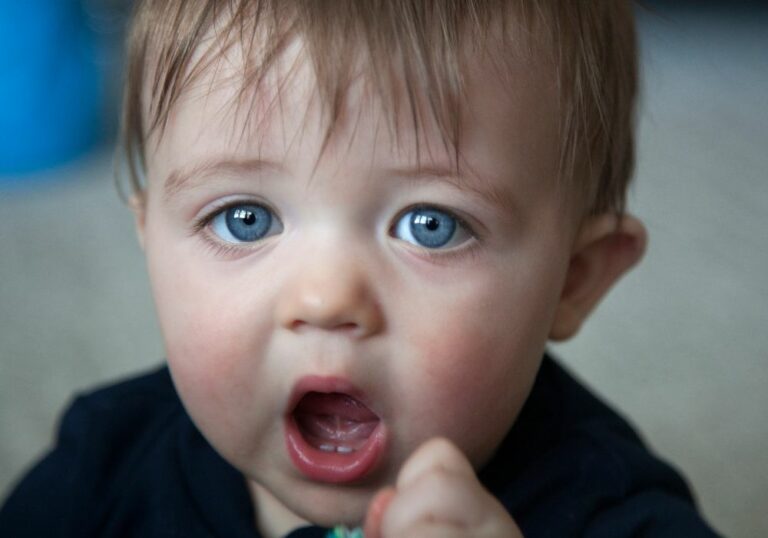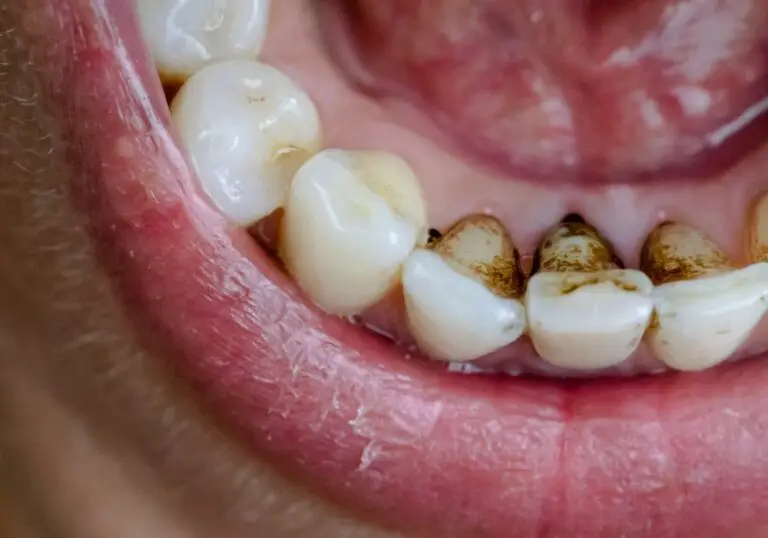Most parents get excited when their children’s first adult teeth start growing, and for the kids, losing their milk teeth is just as exciting. Why? Because some families follow the tradition of the “tooth fairy”, so kids wake up with money or treats next to their bed.
However, not everyone knows how many teeth kids lose while growing up, so if you’re wondering, you’ve come to the right place! Here we’ll answer that question while also looking at other important facts about the development of our teeth. Let’s get started!
How Many Teeth Do Children Lose?

Kids have a total of 20 baby or milk teeth in their mouths, and they will lose them all over the course of around six years on average. All 20 teeth will get replaced, along with a dozen new teeth to leave us with an adult set of 32.
Generally, it takes time for baby teeth to fall out, and these won’t be displaced until the permanent tooth pushes itself out. To note, all 28 new and permanent teeth won’t have finished coming through and appearing until your little one reaches 12 or 13. Sometimes a little later.
Why 28 and not the 32 we just mentioned? The last teeth to come out are the third permanent molars or better known as wisdom teeth, which come between 17 to 23 years of age. There are four of these, one in each back corner of your mouth.
Anatomy and Development of the Mouth and Teeth
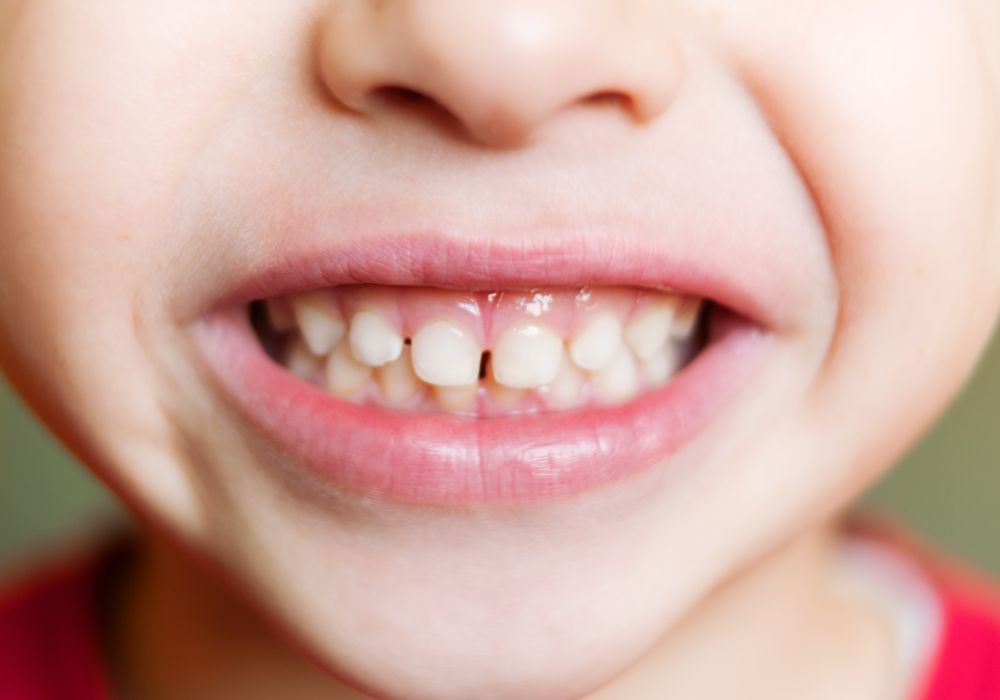
Would you believe that children’s teeth start developing and growing in the fetus? It’s one of the many reasons why expectant mothers need to have good nutrition during pregnancy, as it’s important for the development of the child’s body, organs, and teeth.
Their diet should have enough Vitamin C, calcium, phosphorus, and vitamin D. Plus, the mother should also avoid certain medications since these can cause harm to the future teeth of the growing embryo.
Here are the four primary stages of the development of one’s teeth.
- The first stage, as we mentioned earlier, starts about 6 weeks old in the fetus. It’s where the basic substance of your child’s teeth forms.
- After about 3 to 4 months of gestation, the hard tissue encircling the teeth will start forming.
- After your child is born, the next stage happens when the tooth protrudes out of the gums.
- The last stage is the loss of their baby or milk teeth.
When Do Children First Begin Losing Teeth?
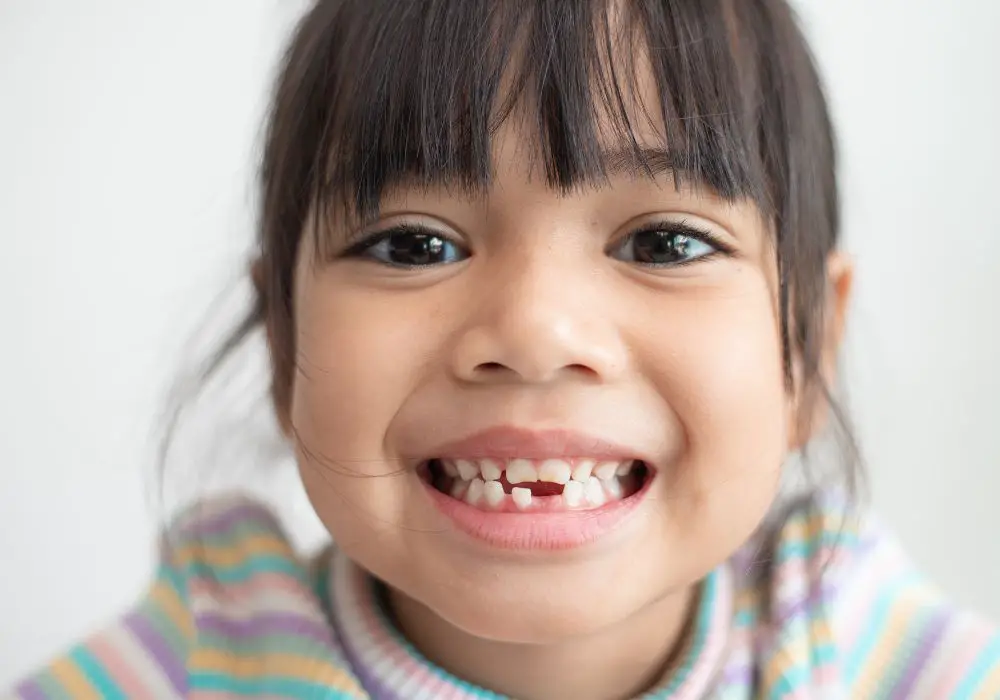
A child’s milk or baby teeth start loosening and pushing out at around 6 years of age. However, there are times when the process gets delayed, which is normal. Here’s the usual order that milk teeth start loosening and eventually come out:
- The two bottom teeth in front
- The top two front teeth
- Lateral incisors
- Their first molars
- Canines
- The second molars
Over the course of 6 to 8 years, your child will lose all their teeth. It’s good to note that some kids will lose their teeth in a different order, especially when we’re speaking of their molars and canines. That means, don’t fret if your child’s teeth do not pop out in this specific order.
However, if you have other concerns related to the pattern and age of your child when losing teeth, it’s best to visit a pediatric dentist.
Why Do Baby Teeth Become Loose?
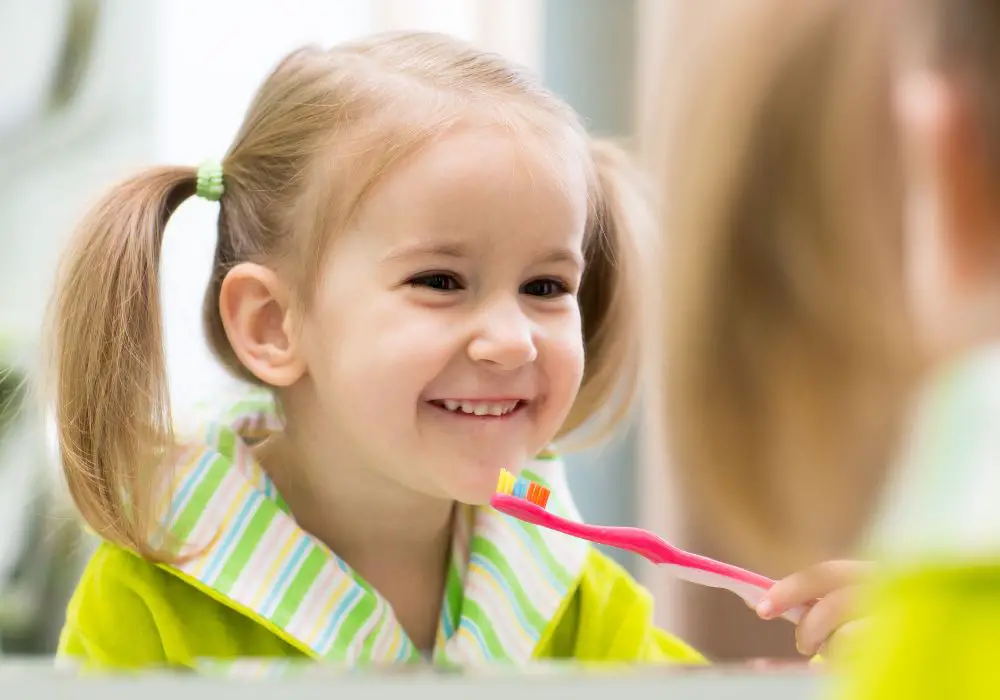
Everyone’s teeth are hooked onto the jaws via roots, which are two to three times longer compared to the actual tooth. Also, some molars have multiple roots to anchor them better. To be specific, the top molars have three roots, whereas the bottom ones have two. As for the canines and incisors, these only have a single root on them.
When the permanent teeth start growing, they push their way toward the surface. When this happens, the baby’s teeth become loose. Why does this happen? Because the roots of the baby teeth shorten and are absorbed under the pressure from the growing adult teeth.
As the permanent tooth eventually reaches the gum’s surface, the baby tooth becomes progressively looser. Once it’s time for the baby tooth to pop out, the root becomes completely absorbed. This is why when a tooth naturally comes out, we don’t see any remnants of the root.
An exception to this process is when a tooth experiences trauma from a fall or accident. In these instances, the force from the impact can make the teeth become loose.
Depending on the severity, the loose tooth may tighten up over time. However, in more severe cases, the trauma can cause the tooth to fall out earlier than necessary.
Remember, this is a natural process, and the growth and loss of milk/baby teeth make way for permanent ones. Again, if you have concerns about the growth and progress of your child’s teeth, contact your dentist to properly evaluate the situation.
How Long Does It Take for Adult Teeth to Grow?
Usually, a permanent tooth already peeks through the gums when a baby tooth falls out. However, it may take 6 to 12 months to fully move into place. Since adult teeth are more prominent, it can take longer before it goes to its proper position.
Some kids don’t have enough room for new teeth, resulting in crookedness, which also indicates that they may eventually need braces.
The Do’s and Don’ts When Kids Lose Their Baby Teeth
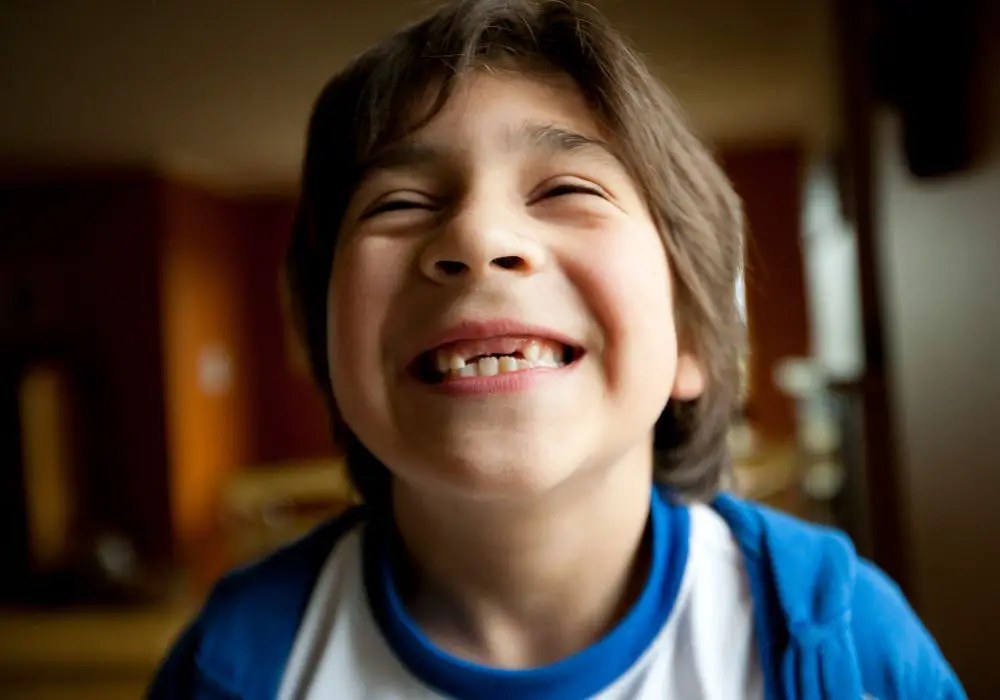
Kids react differently to losing their teeth, but you can do something to make it a positive experience. Below, we’ll let you know the things you should and shouldn’t do as you prepare for the tooth fairy duties:
Do’s
- Ready Your Child for Losing Their First Tooth – Your little one will start noticing loose teeth between ages five and seven, and this may frighten them. Reassure your child by explaining why it happens, and let them know that it’s to give room for stronger permanent teeth. Let them know that they’ll need to take care of the next set of teeth since these don’t regrow.
It’s also good to explain this process before they even have loose teeth, so they can be prepared when it happens. When the experience is more positive, your child will be happier and less anxious.
- Learn the Proper Way of Pulling a Tooth Beforehand – If your child notices they have a loose baby tooth, it’s best to start wiggling it gently. Minor movement like this will allow your child to gauge how loose the tooth is, which will help prevent surprises and anxiety.
Note that wiggling a tooth is not just back and forth movement. You can twist it clockwise and counter-clockwise to allow this to fall out faster. But of course, remember that it shouldn’t be painful or forceful.
- Use the Opportunity to Teach Proper Oral Hygiene – When your child is about to lose their milk teeth, make them understand that it’s for the permanence of their adult teeth. And since these permanent teeth will be irreplaceable, they need to practice good oral habits.
Teach them how to brush their teeth, and supervise them to instill healthy habits. This will encourage them to take care of their teeth in years to come.
Aside from practicing healthy habits, let them know that visits to the dentist are necessary. Show your excitement for dental appointments and explain how the dentist helps keep your mouth healthy.
- Support Your Child and Reward Them Later – Losing teeth can be painful or uncomfortable. Fortunately, pain relievers for children can remedy this. However, you must watch out for swelling and redness of their gums to know when you need to visit the dentist. Also, the pain should dissipate when children lose a tooth. If this doesn’t happen, consult your dentist.
When a tooth comes out, help your little one feel excited about what happened. Congratulate them, take photos, and make it a memorable experience. Attend your duties as the tooth fairy to make your child look forward to losing their next baby tooth.
Don’ts
Now that you’ve learned what to do when your child is losing their baby teeth, here’s a list of what you shouldn’t do:
- Be alarmed or panic when the tooth falls out
- Forget regular dental appointments
- Making tooth care a bad experience for your child
- Prematurely pulling or wiggling the tooth
Following these steps will make your child’s experience in losing their baby teeth a good and successful one.
Also, remember that your reactions will determine if they will have a good or bad experience in losing their baby teeth. Be sure to make it a positive experience to make the process smoother with the other teeth in the future.
Conclusion
How many teeth do kids lose? As we’ve seen here, the answer is all 20 of them! They’ll be replaced by 32 adult teeth, which means we humans have 52 teeth over our lifetimes. Hopefully we’ve answered all your questions about the development of our precious teeth!

